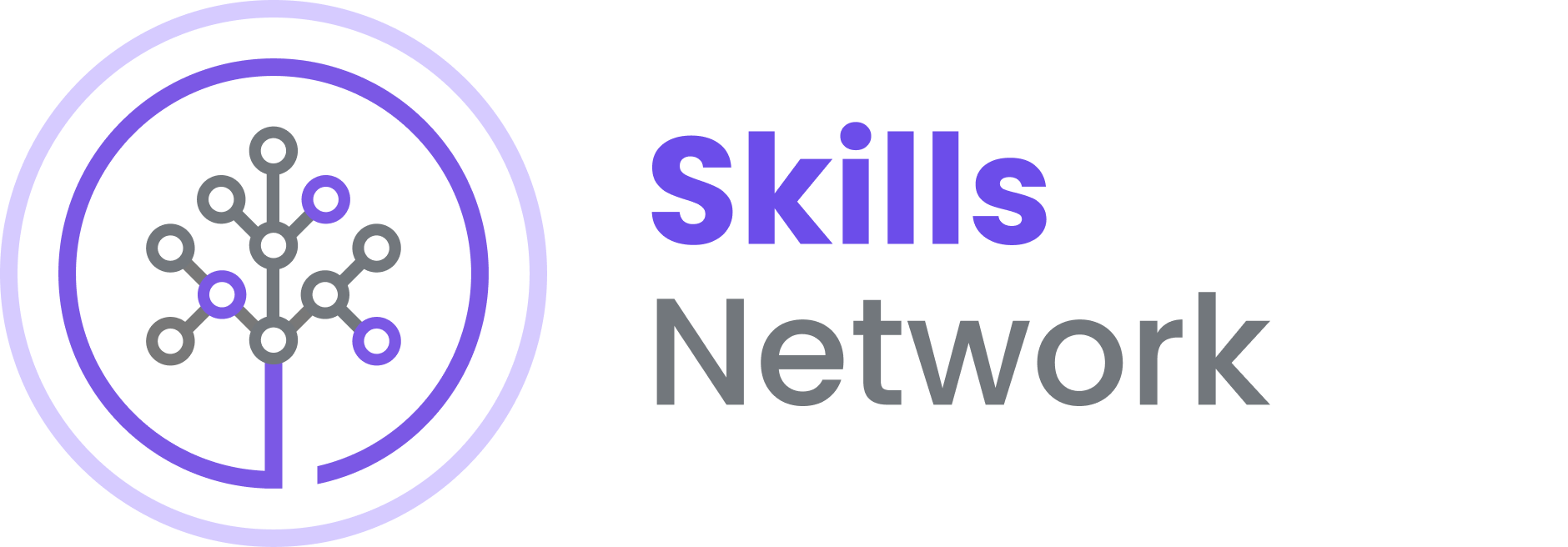Estimated time needed: 30 minutes
After completing this lab, you will be able to:
- Use Logistic Regression for classification tasks
- Preprocess and clean data for model training
- Implement Logistic Regression on real-world data using Python and Scikit-learn
This project demonstrates how to apply Logistic Regression, one of the most widely used algorithms for binary classification.
The notebook walks through each stage of the ML workflow — from data preprocessing and model training to evaluation and interpretation of results.
Key steps include:
- Data loading and exploration
- Feature scaling and encoding
- Building a logistic regression model
- Evaluating performance using metrics like accuracy, precision, recall, and F1-score
The model successfully classifies categorical outcomes and provides probability-based predictions.
Visualizations help interpret the decision boundary and assess model performance on test data.
Muhammad Abdullah Butt
IBM Certified — Machine Learning with Python (V2)
📍 Passionate about Data Science, AI, and Machine Learning
🔗 [LinkedIn]https://www.linkedin.com/in/muhammad-abdullahbutt/)
